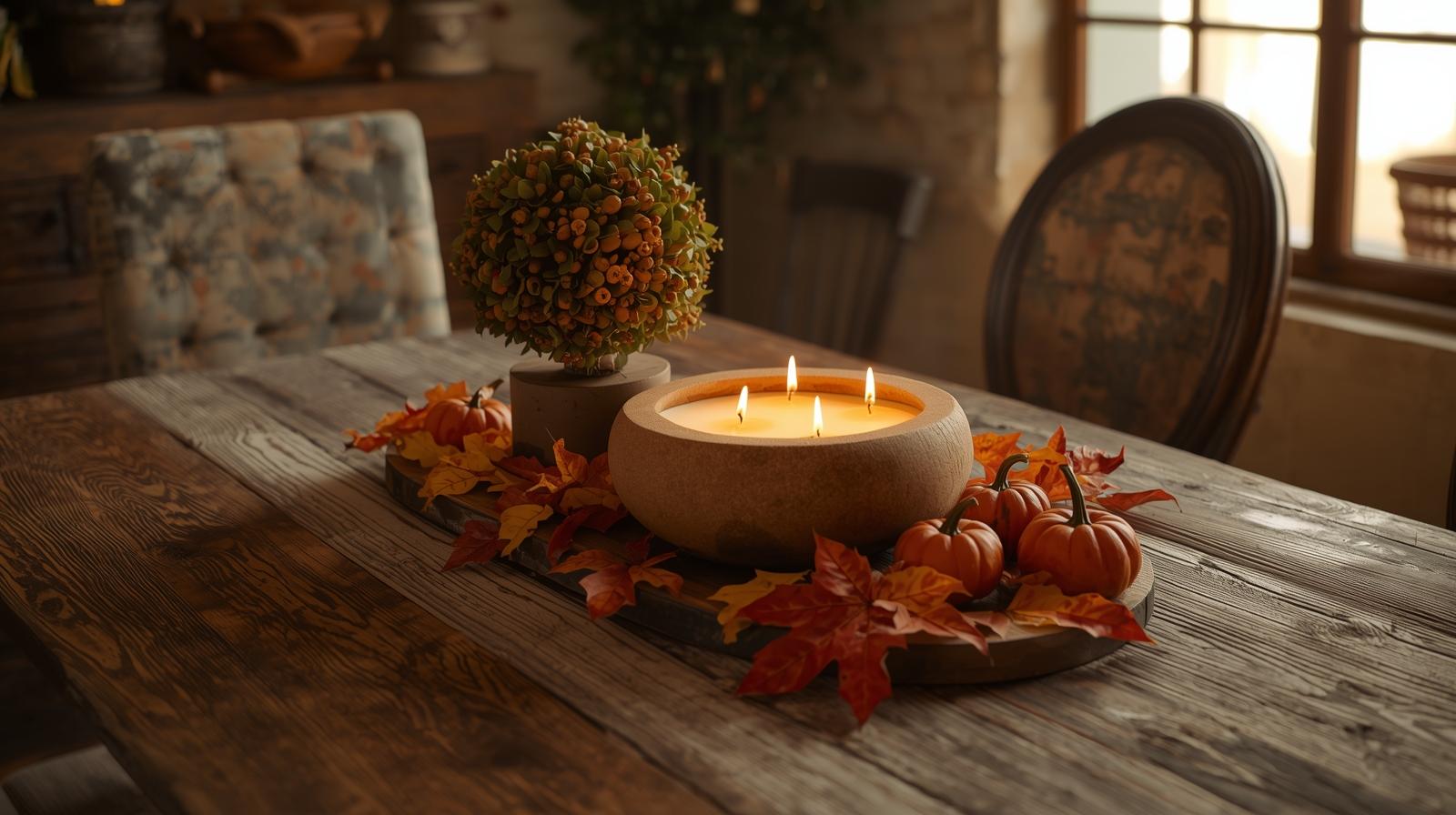
There’s something magical about the crisp air, colorful leaves, and cozy sweaters that makes fall the favorite season for so many people. But beyond pumpkin spice lattes and Halloween decorations, there’s real science behind why this time of year feels so comforting and joyful. From the way our brains process seasonal changes to how the environment affects our mood, let’s explore why autumn holds such a special place in our hearts.
The Power of Seasonal Change
One major reason people love fall is because of novelty. After the long, hot summer, the sudden shift in temperature and scenery gives our brains a fresh perspective. Scientists know that humans are wired to seek out change. When we experience something new—like cooler weather, earlier sunsets, or the first sight of red and orange leaves—our brains release dopamine, the “feel-good” chemical. This natural rush of pleasure makes autumn exciting, even if we’re simply enjoying a walk outside or sipping warm cider.
Fall and Our Senses
Autumn is also a sensory-rich season. The smell of wood smoke, the taste of cinnamon and nutmeg, and the sound of crunchy leaves all create strong connections in our brains. These sensory cues often tie back to memories—family gatherings, school days, or holidays—which strengthen feelings of nostalgia. In fact, studies show that scent is the sense most closely linked to memory. That’s why a whiff of pumpkin spice can instantly transport us to moments of comfort and warmth.
The Science of Cozy
The Danish concept of hygge—a feeling of coziness and contentment—is especially strong in fall. As daylight decreases and temperatures drop, our bodies naturally crave warmth, comfort, and togetherness. Research suggests that cooler weather encourages bonding, as people are more likely to gather indoors, share meals, and create traditions. Add in warm blankets, flickering candles, and comforting food, and it’s no surprise that fall makes us feel safe and happy.
Mood and Light Levels
While shorter days can sometimes lead to seasonal affective disorder (SAD), many people actually thrive during fall. The softer light and golden sunsets are easier on the eyes compared to the harsh brightness of summer. This gentler light quality can reduce stress and promote relaxation. Plus, fall often comes with clearer skies and cooler air, which improves sleep quality—a key factor in overall mood and well-being.
Evolutionary Connections
There’s also an evolutionary reason behind our love for fall. For thousands of years, autumn signaled harvest time, when food was plentiful and communities prepared for winter. Our ancestors associated this season with abundance, security, and celebration. Even today, traditions like Thanksgiving and fall festivals reflect that deep-rooted connection between autumn and survival. This ingrained sense of gratitude and preparation may explain why fall feels so satisfying at a primal level.
A Time for Reflection and Renewal
Psychologists also note that fall feels like a natural “reset button.” With the start of the school year, new routines, and the approach of the holidays, people often see autumn as a time for personal growth and reflection. The falling leaves themselves symbolize change and renewal, reminding us that letting go is part of moving forward. This symbolic fresh start can boost motivation and give us a sense of purpose.
Why Fall Steals Our Hearts
From brain chemistry to cultural traditions, there’s plenty of science behind our deep affection for fall. It’s the perfect blend of novelty, comfort, and connection, all wrapped in cooler air and colorful landscapes. Whether it’s the nostalgia of favorite scents, the coziness of shorter days, or the joy of seasonal rituals, fall touches both our senses and our souls. So the next time you feel that rush of happiness as the leaves change, remember—it’s not just in your head. It’s science.
Lisa Crow contributed to this article. She is a true crime junkie and lifestyle blogger based in Waco, Texas. Lisa is the Head of Content at Gigi’s Ramblings and Southern Bred True Crime Junkie. She spends her free time traveling when she can and making memories with her large family which consists of six children and fifteen grandchildren.